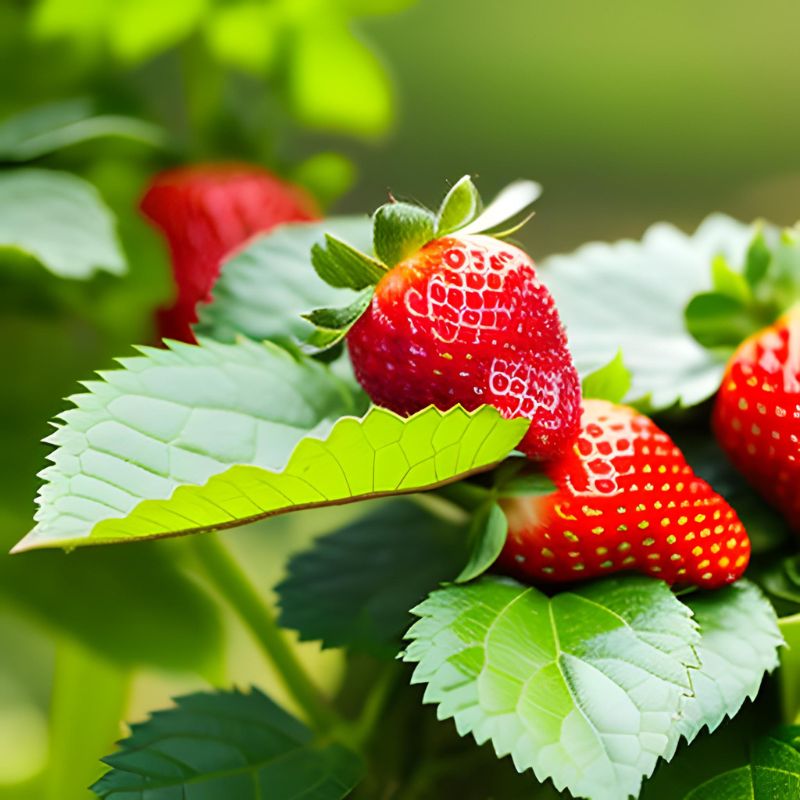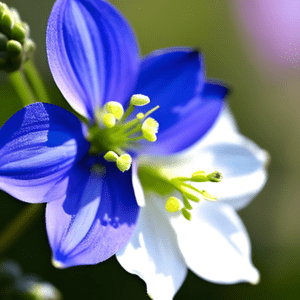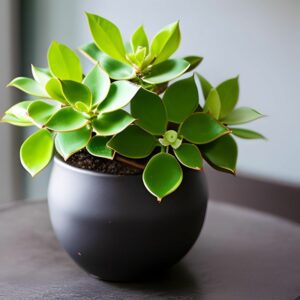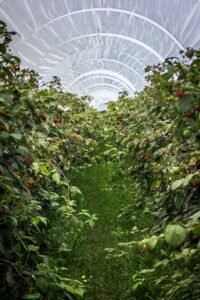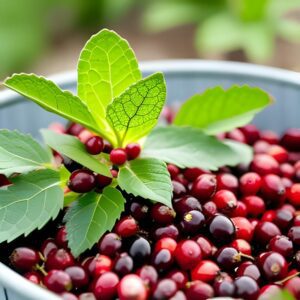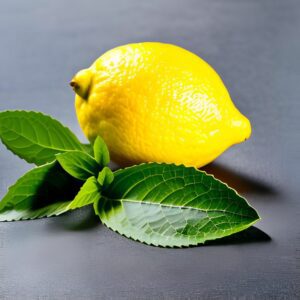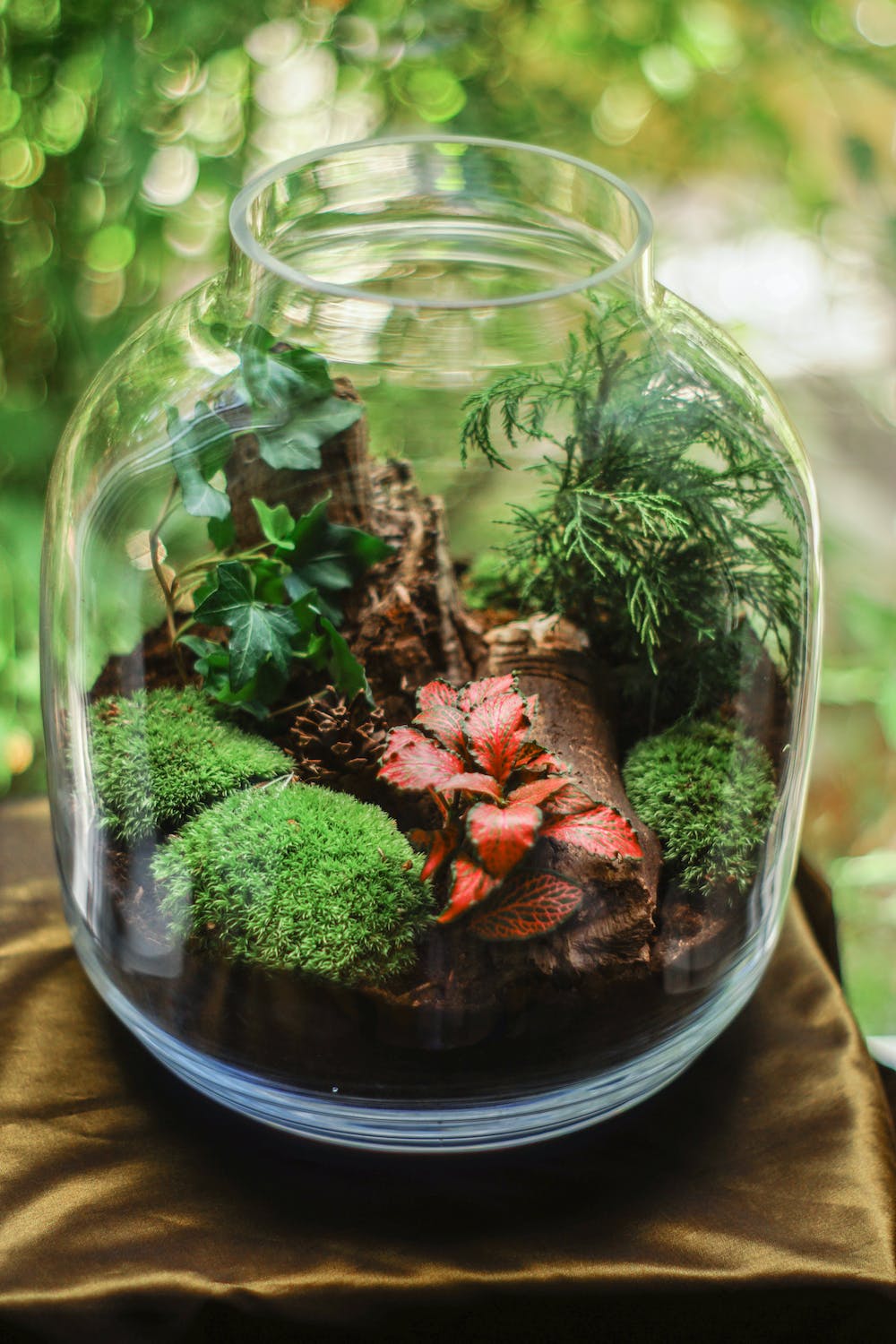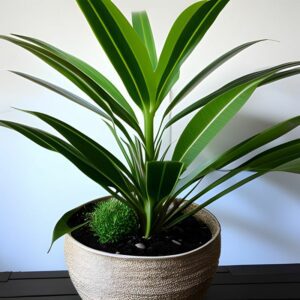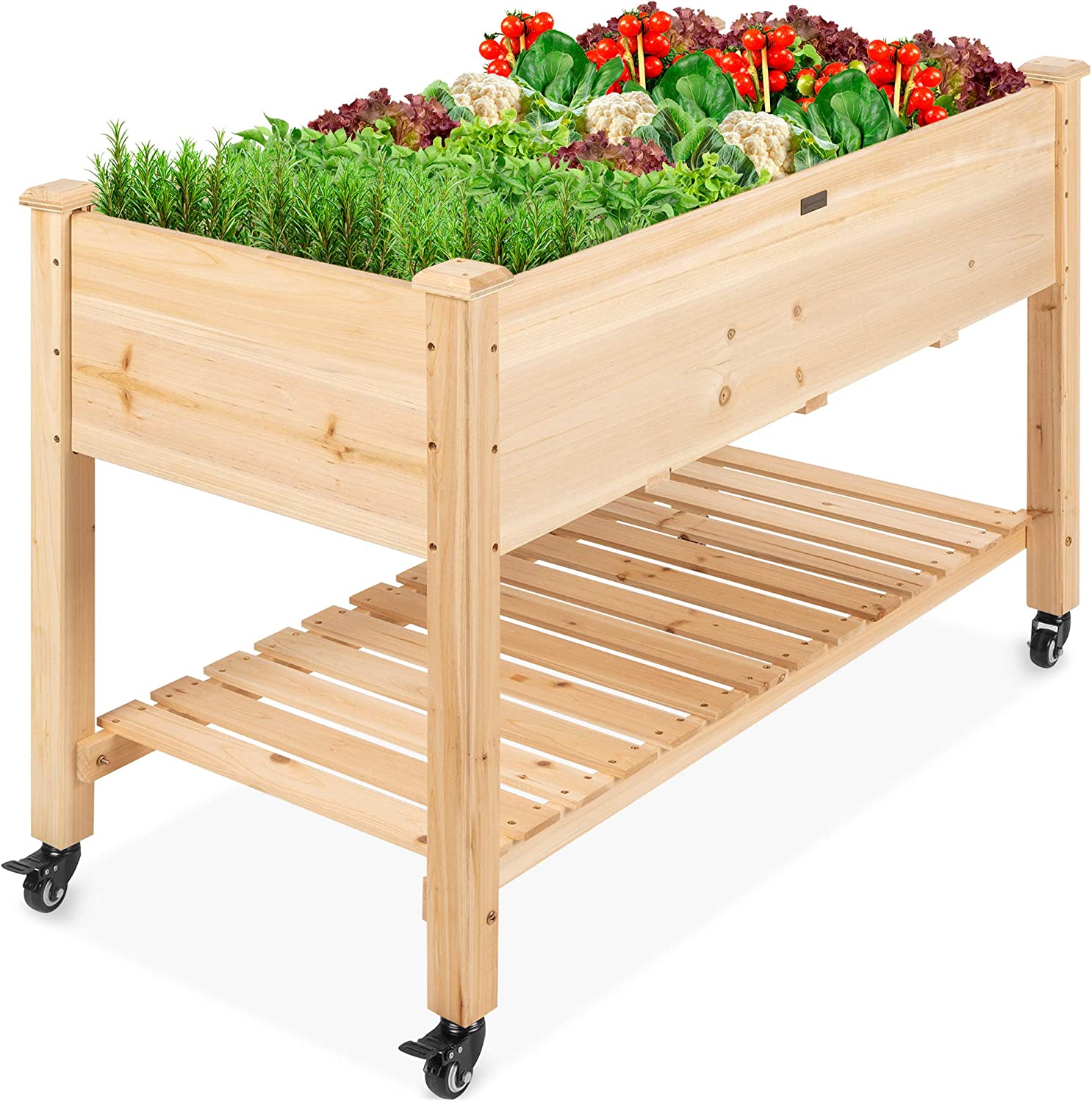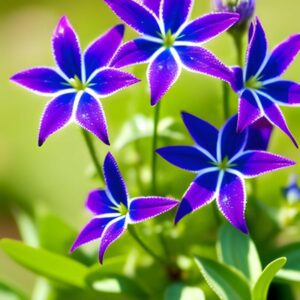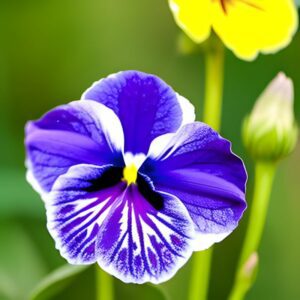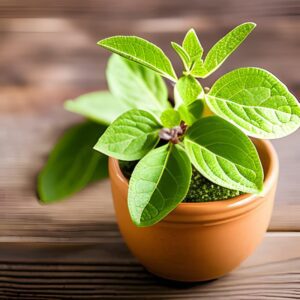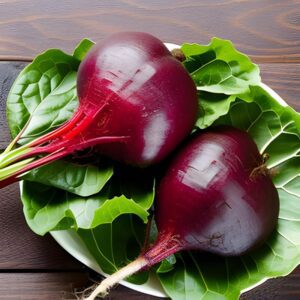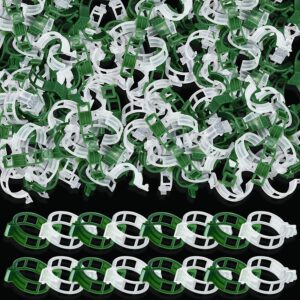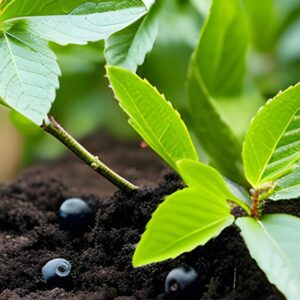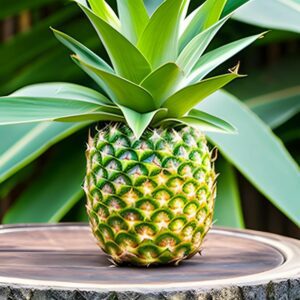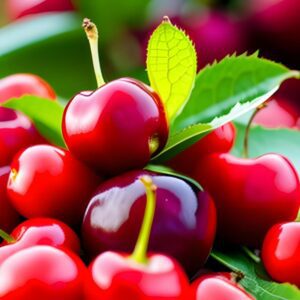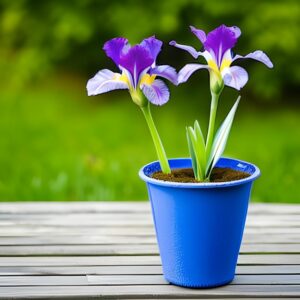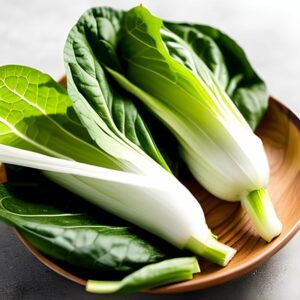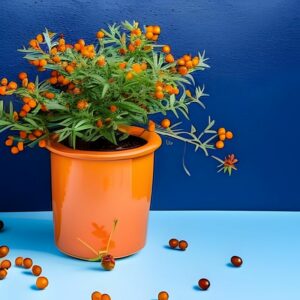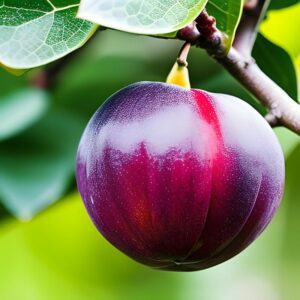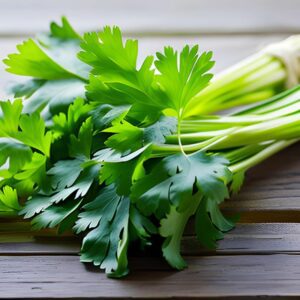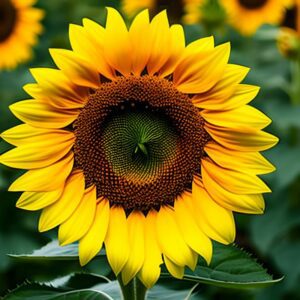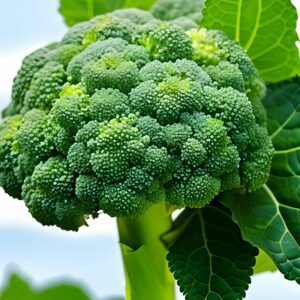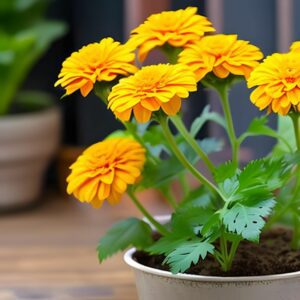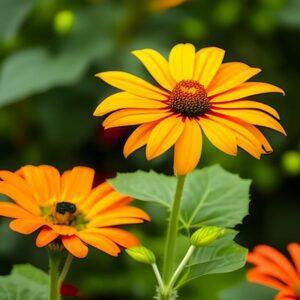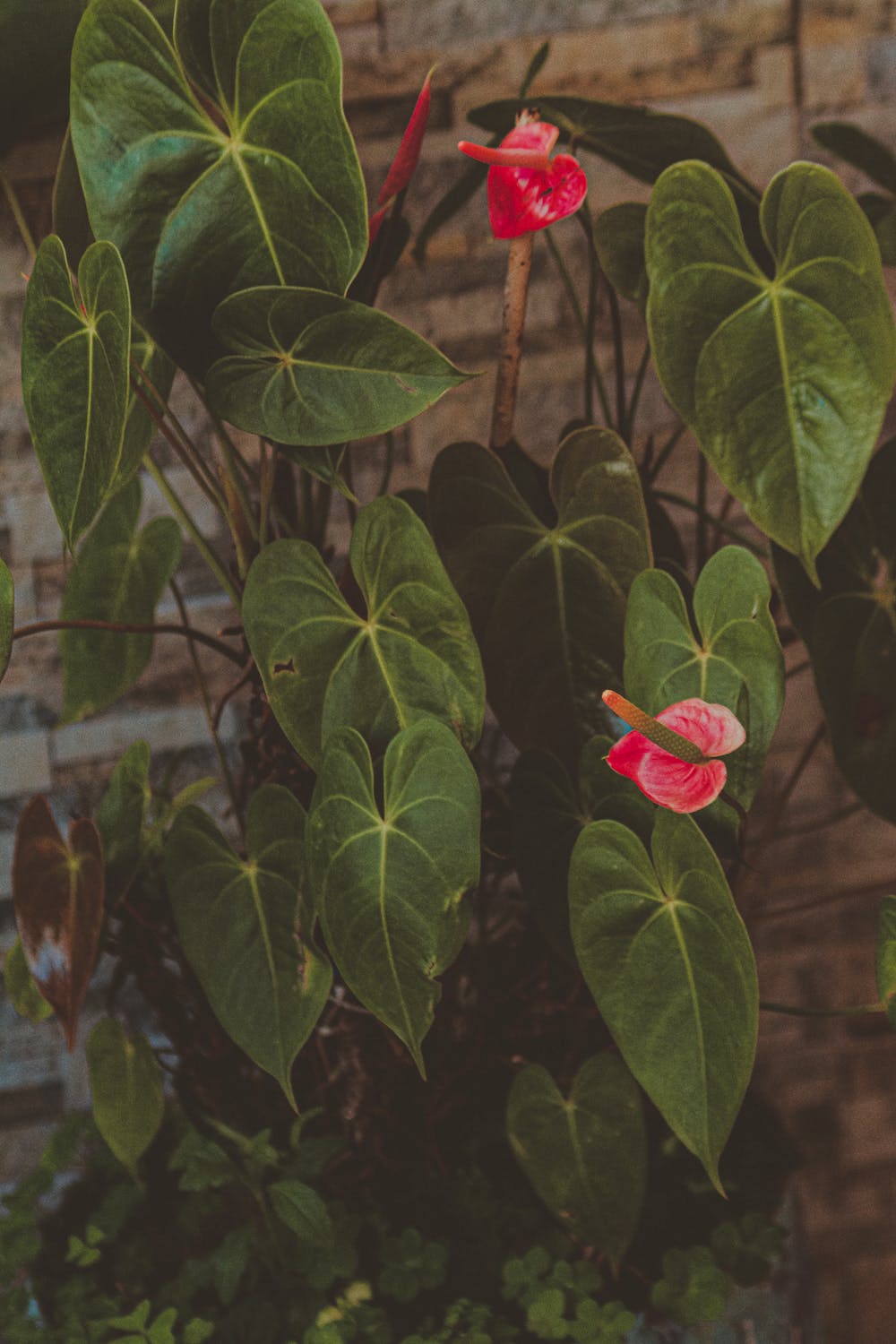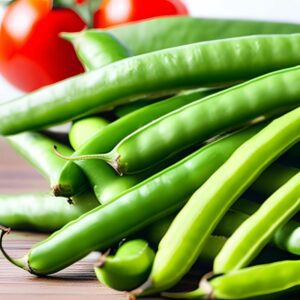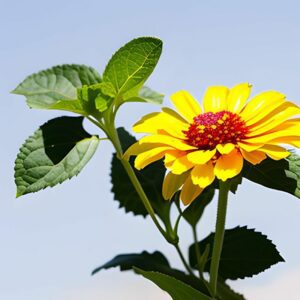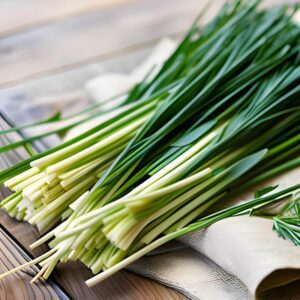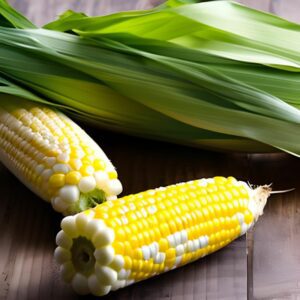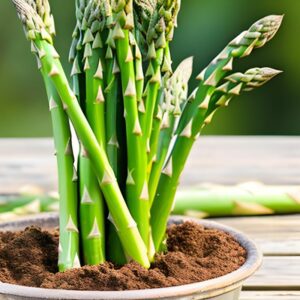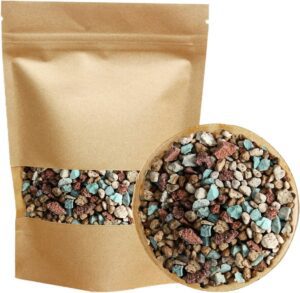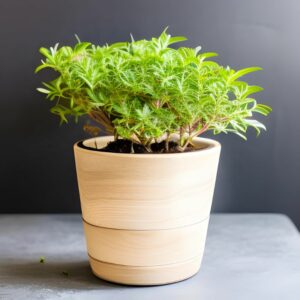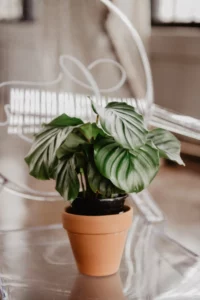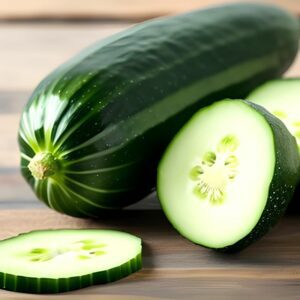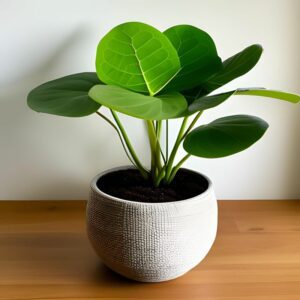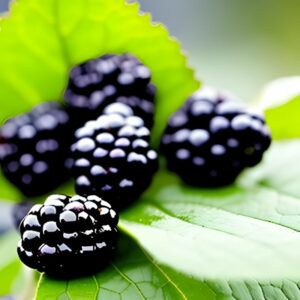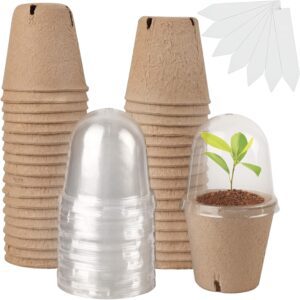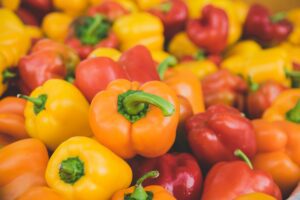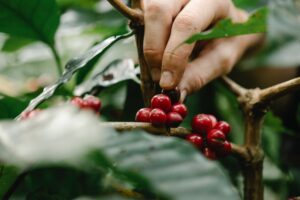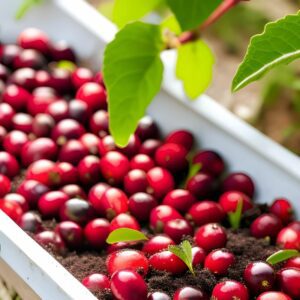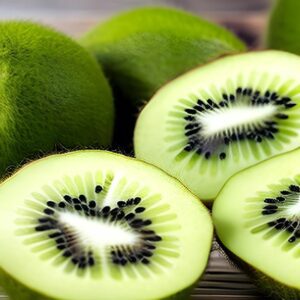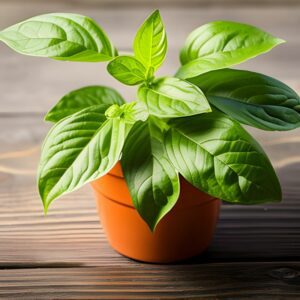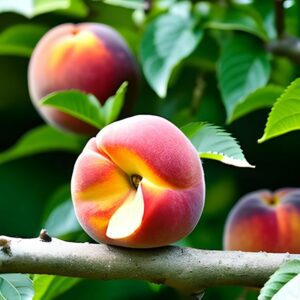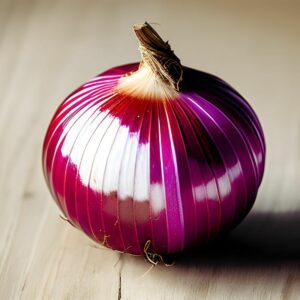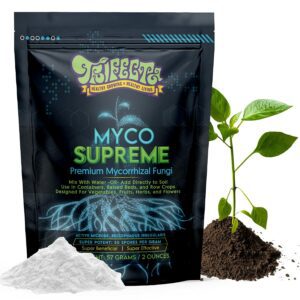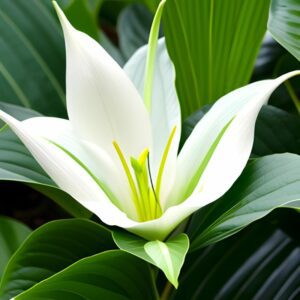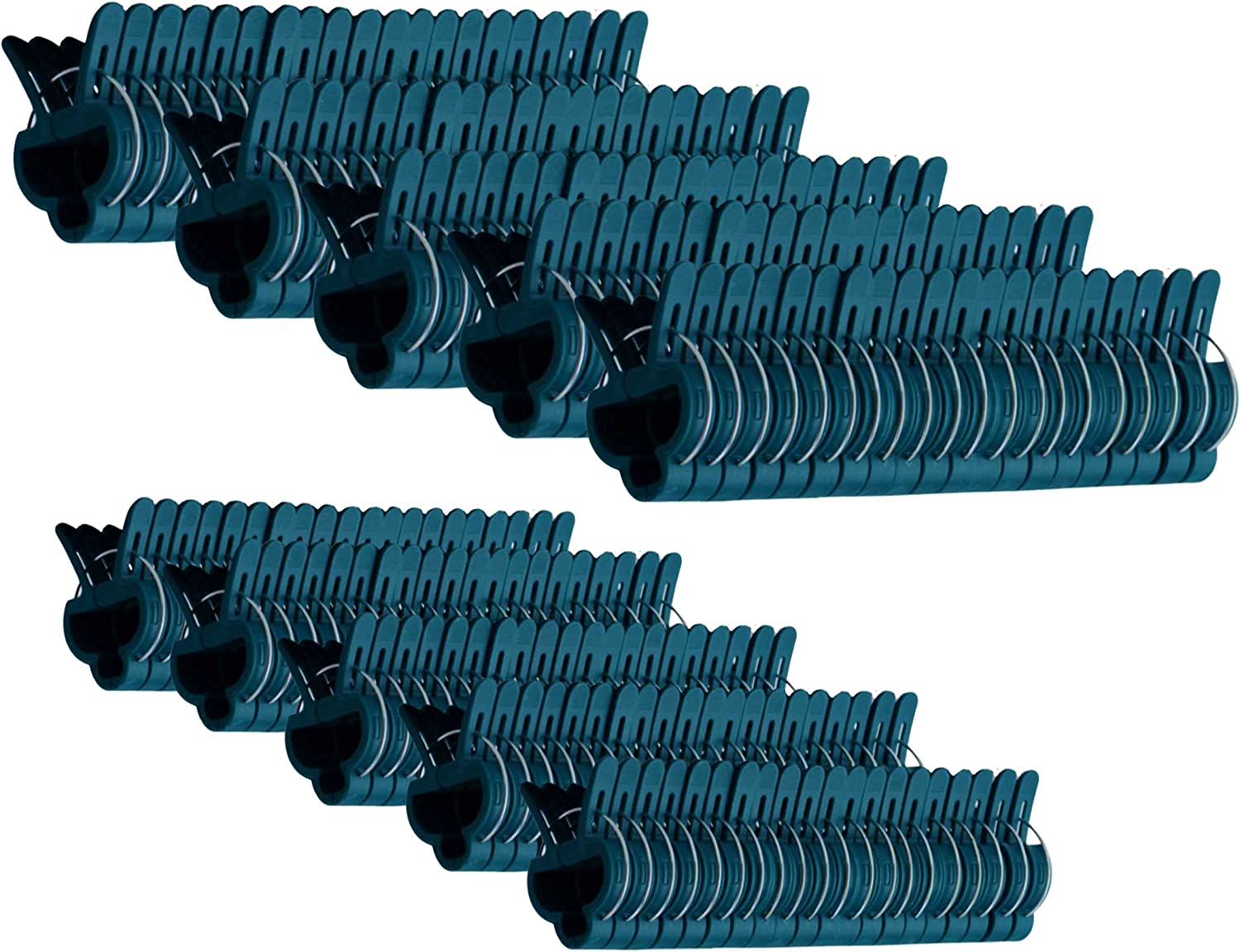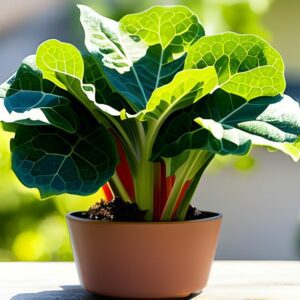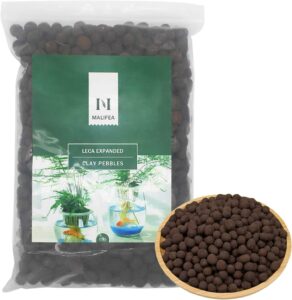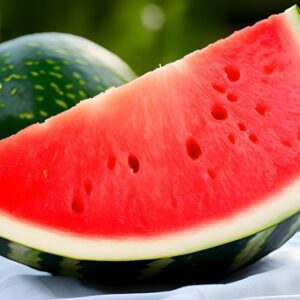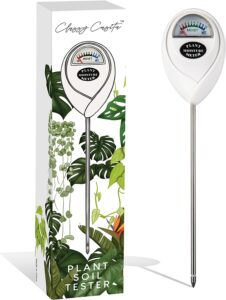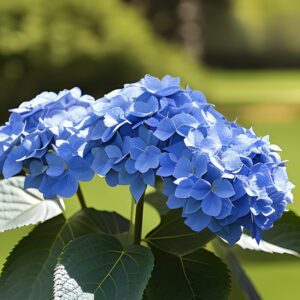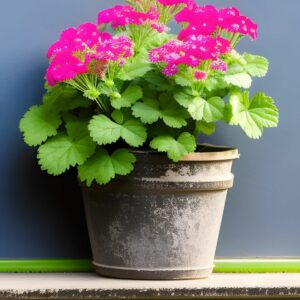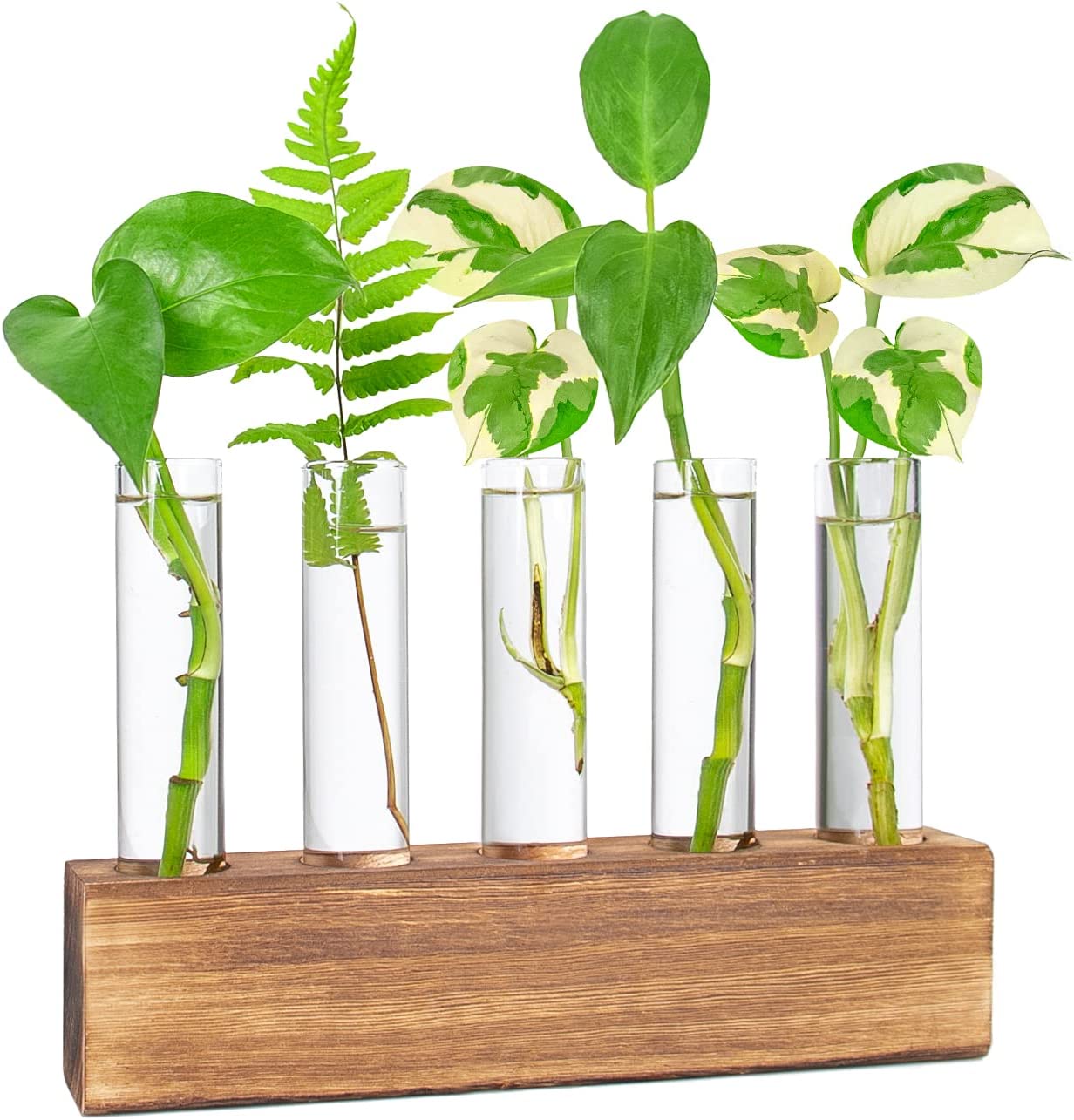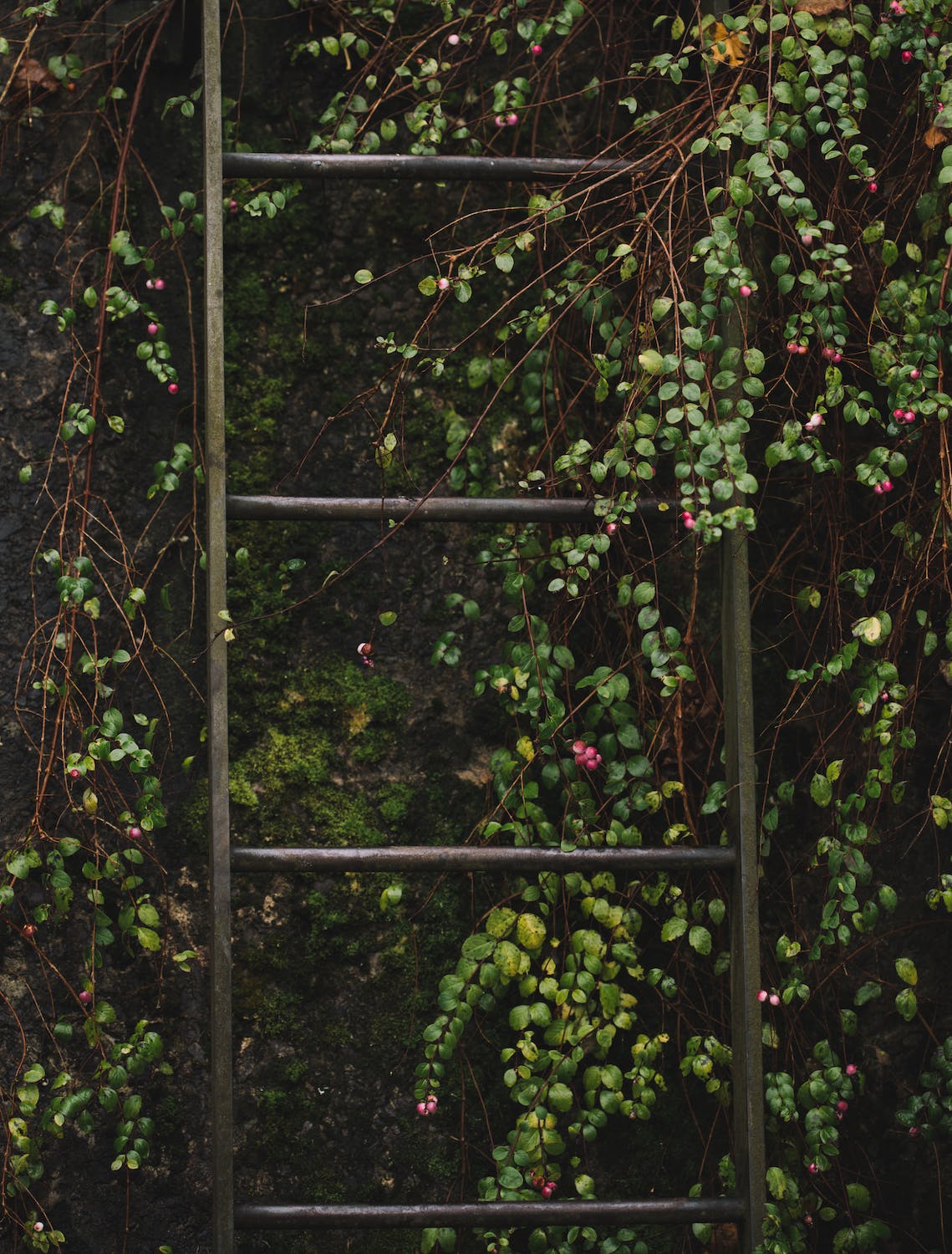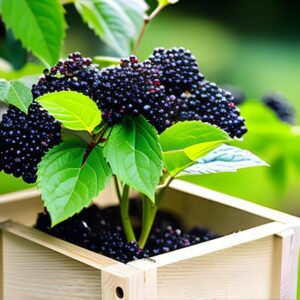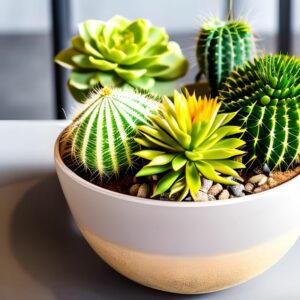Strawberry
Fruits
- Europe & North America
- Easy
- 4-6 Weeks
Introduction
Strawberries are delicious and nutritious fruits that are enjoyed worldwide. They are native to Europe and North America and are well-known for their sweet taste and vibrant red color. Strawberries are commonly used in desserts, jams, and various culinary creations.
Plant Characteristics
Strawberry plants are low-growing and spread by runners. They have green leaves and produce small white flowers that eventually turn into strawberries. The fruits are typically small, round, and covered in tiny seeds.
Ideal Growing Conditions
Strawberries thrive in full sun but can tolerate partial shade. They prefer well-draining soil that is rich in organic matter. Strawberries require moderate temperatures and regular watering to prevent the soil from drying out.
Planting Guide
Plant strawberry seedlings or bare-root crowns in early spring or late summer. Choose a location with at least 6 hours of direct sunlight per day. Space the plants about 12-18 inches apart in rows, with 2-3 feet between rows. Plant them at a depth where the crown (the area where the leaves emerge) is level with the soil surface.
Watering and Fertilizing
Keep the soil consistently moist but not waterlogged. Water the plants deeply once or twice a week, especially during dry spells. Apply a balanced organic fertilizer when planting and again in early summer.
Pruning and Maintenance
Remove any runners that are not needed to establish new plants. Pinch off any flowers that appear during the first year to allow the plant to focus on establishing a strong root system. Remove weeds regularly to reduce competition.
Harvesting or Flowering
Strawberries typically begin to fruit 4-6 weeks after planting. Harvest ripe strawberries when they are fully red and have reached their desired size. Gently twist or cut the stem just above the fruit to harvest without damaging the plant.
Post-Harvest Care
After harvesting, store strawberries in the refrigerator to maintain freshness. Consume them as soon as possible for the best flavor and texture. Remove any spoiled or moldy berries to prevent them from affecting others.
Troubleshooting
Strawberries can be prone to diseases like powdery mildew or pests like slugs and snails. Provide good air circulation, avoid overhead watering, and mulch around the plants to reduce moisture on the leaves. Use organic pest control methods if needed.
Fun Facts
Strawberries are not true berries but rather aggregate fruits. On average, a strawberry has about 200 seeds on its exterior. Strawberries are a good source of vitamin C, fiber, and antioxidants, making them a healthy addition to your diet.



